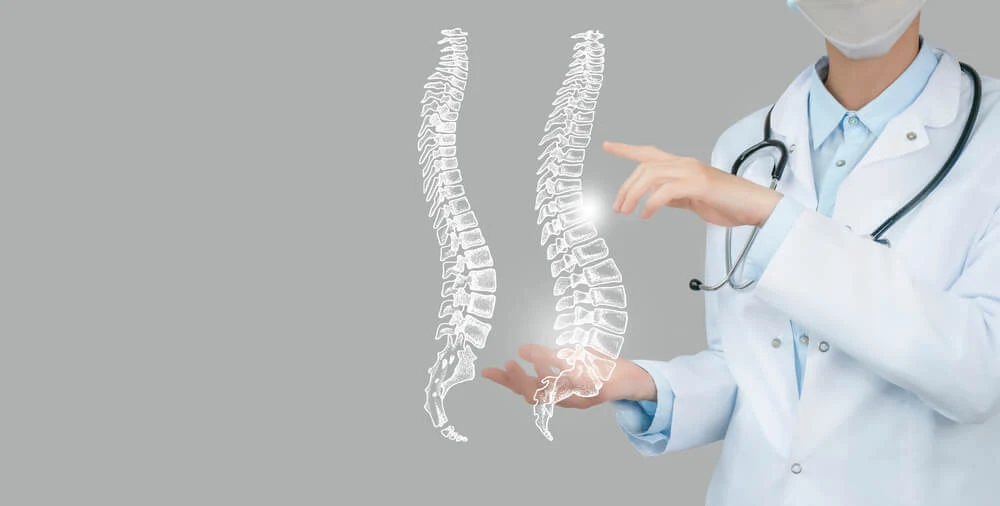
|
What is Lordosis?
Lordosis is a medical condition in which there is an excessive inward curve in the lumbar (lower) spine. This condition can be caused by a variety of factors including poor posture, muscle imbalances, and underlying health conditions.
Lordosis Symptoms
The symptoms of lordosis can include lower back pain, discomfort or stiffness in the affected area, and difficulty standing or walking for extended periods of time. In some cases, individuals with lordosis may also experience muscle spasms or cramping.
Causes of Lordosis
There are several causes of lordosis, including poor posture, muscle imbalances, and underlying health conditions such as spondylolisthesis, spinal stenosis, or osteoporosis. Poor posture can cause the muscles in the back to weaken and become imbalanced, leading to lordosis. This can be the result of prolonged sitting, hunching over a computer or phone, or carrying a heavy backpack on one shoulder.
Muscle imbalances can also contribute to lordosis, as the muscles in the front of the body can become weak and overstretched, while the muscles in the back can become tight and overactive. This can result in an excessive inward curve in the lower spine.
Underlying health conditions, such as spondylolisthesis, spinal stenosis, or osteoporosis, can also cause lordosis. Spondylolisthesis is a condition in which a vertebral bone slips out of place, while spinal stenosis is a condition in which the spinal canal narrows and puts pressure on the spinal cord. Osteoporosis is a condition in which the bones become weak and brittle, increasing the risk of fractures and spinal conditions.
Lordosis Diagnosis
To diagnose lordosis, a doctor will perform a physical exam and may also order imaging tests such as an X-ray, MRI, or CT scan. These tests can help determine the cause of the lordosis and rule out other underlying conditions.
Lordosis Treatment
Treatment for lordosis will vary depending on the underlying cause. If the lordosis is caused by poor posture, a physical therapist can help to improve posture and strengthen the muscles in the back and core. Stretching and yoga can also be helpful in reducing muscle imbalances.
In cases where lordosis is caused by an underlying health condition, treatment will focus on addressing the underlying condition. This may involve medication, physical therapy, surgery, or a combination of these treatments.
In severe cases, surgery may be necessary to correct the lordosis. This may involve spinal fusion, where two or more vertebral bones are joined together to create a stable structure, or spinal decompression, where the spinal canal is enlarged to relieve pressure on the spinal cord.
In conclusion, lordosis is a condition that affects the lower spine and can cause lower back pain, discomfort, and difficulty standing or walking. It can be caused by a variety of factors including poor posture, muscle imbalances, and underlying health conditions. Treatment for lordosis will depend on the underlying cause and can include physical therapy, medication, and in severe cases, surgery. It is important to seek medical attention if you are experiencing symptoms of lordosis so that a proper diagnosis and treatment plan can be established.